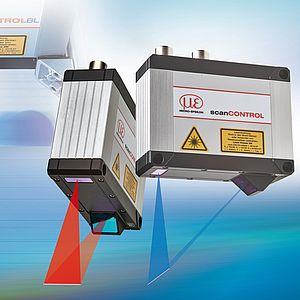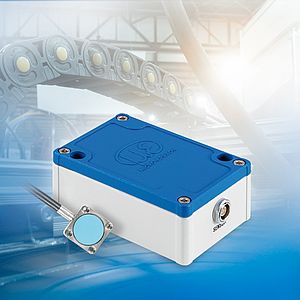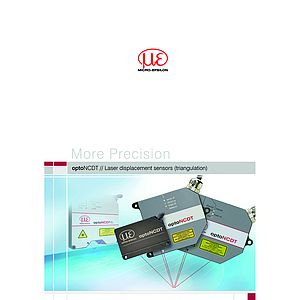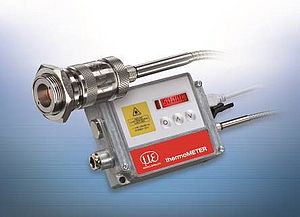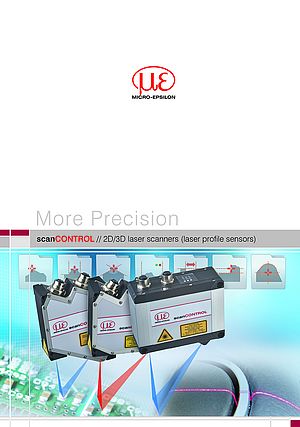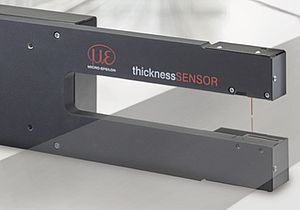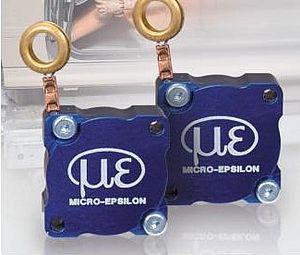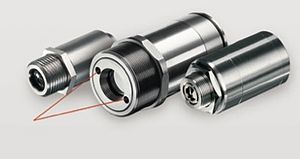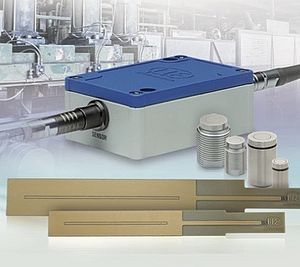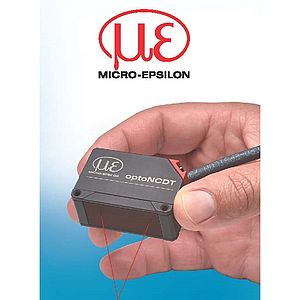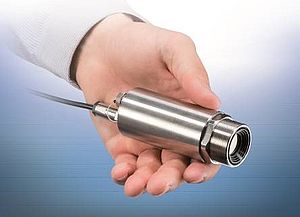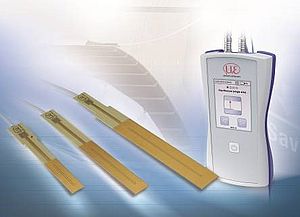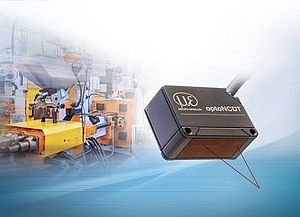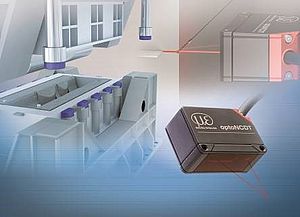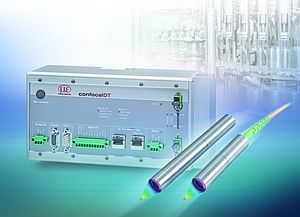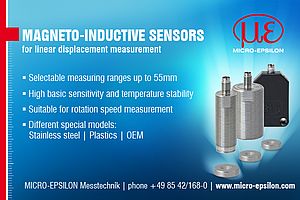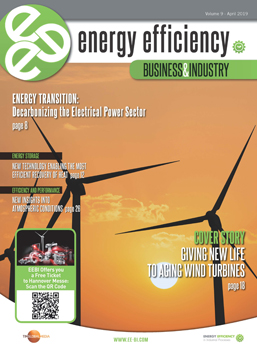Harnessing the power of wind has been used over many years, for example, to power windmills and sailing ships. Today, generating power is the most important use of wind energy. Wind turbines are used onshore and offshore for power generation. The rotor towers of these major plants weigh dozens of tons and reach up into the sky. Their average rotor diameter is approx. 110m, the average hub height is approx. 130m. If such equipment fails, a high financial cost is incurred. Cranes and other machines are normally unavailable at short notice.
Particularly offshore farms are not easily accessible at any time of day or night. Due to wear and the complexity of plants, in addition to environmental influences, there are also a number of possible problems such as shaft issues, gear faults, gear wheel wear, material fatigue, imbalance, temperature differences, lubrication faults and bearing clearances, which do not only impede smooth operation but might also involve other subsequent or secondary damage. Predictive Maintenance plays an essential role here. Proactive monitoring based on precision sensor technology has already begun to be used in the production process and continues in test benches and real-time monitoring during turbine operation. Wear of parts or deviations in production should be recognized before catastrophic damage occurs.
Therefore, it is possible to intervene long before the parts fail or tools begin to wear out. Not only can current states be documented, but trends and changes in measurement data can be analyzed and evaluated. Maintenance becomes predictable and sudden failure or downtime of these large plants is reduced to a minimum. This is how productivity can be increased while efficiently using resources and saving money.
Modern and innovative sensor solutions from Micro-Epsilon enable reliable measurements and targeted evaluation of a considerable amount of critical data. In a wind turbine, the offset of the coupling ring, gap measurement of the plain bearing, temperature monitoring of the generator and air gap monitoring in the generator are, amongst other things, critical factors.
Offset measurement of the coupling ring
Above 100 meters, enormous wind loads act on the rotor blades, housing and tower. Therefore, gearbox and generator have an elastic bearing. This is why couplings in wind turbines must balance the relative movement of the gearbox and generator. When measuring the offset of the coupling ring, eddy current sensors determine the distance, while measuring onto the metallic coupling ring. This leads to the determination of the load profile. Monitoring the measured values is required in order to avoid unnecessary wear of couplings, bearings and shaft seals or, in extreme cases, serious damage to the wind turbine. The measurement is carried out in different directions – in the axial, radial and tangential axes.
The eddyNCDT 3001 and 3005 eddy current sensors are temperature-compensated and so offer high stability, even in strongly fluctuating ambient temperatures. They are factory-calibrated for ferromagnetic and non-ferromagnetic materials, which eliminates the need for field calibration of the sensor.
Due to factory calibration, eddyNCDT 3001 and 3005 sensors offer high accuracy and temperature stability, making them particularly well suited to continuous operation in industrial environments. The sensors can be rapidly exchanged due to, amongst others, their M12 housing. They are robust, protected to IP67 and their compact design allows them to be integrated into the smallest of installation spaces. The sensors are therefore ideal for predictive wear and condition monitoring tasks.
Gap measurements in plain bearings
Hydrostatic bearings are used in large plant and machinery such as stone mills, telescopic installations and also wind turbines. The task is to monitor the gap size between the bearing surface and the shaft. In the lubricating gap is an oil film which prevents direct contact between the bearing surface and the shaft. In the case of a malfunction in the hydraulics, the oil pressure can rise and, in extreme cases, the gap will close.
This would lead to damage of the bearing and in turn to a possible plant failure. Therefore, the sensor is mounted horizontally to the bearing shoe. It measures through the oil film and the plant bearing directly onto the shaft. Here, eddyNCDT 3001 and 3005 non-contact eddy current displacement sensors are used. They stand out due to a robust, compact design with integral controller. Eddy current sensors from Micro-Epsilon are often used in applications where harsh ambient conditions are present and where maximum precision is required.
Air gap monitoring in the generator
With very large generators and electric motors, it is important to determine the radial run out of the rotor inside the motor compared to the stator. Due to imbalances during operation which could be due to wear caused by extreme wind and weather conditions, the rotor might touch the stator. This could lead to catastrophic failure. This is why optical and capacitive sensors are used to measure the distance between the stator and rotor and to monitor the rotor gap whilst the motor is in operation. The sensor technology is based on capacitive sensors with a measuring range of 0 to 8mm.
Capacitive sensors from Micro-Epsilon are designed for non-contact measurement of displacement, distance and position. They stand out due to long-term stability, reliability and temperature stability. During air gap monitoring in a generator, the average temperature is approx. 120 °C. However, modern and innovative Micro-Epsilon sensor technology enables highly precise measurements under extreme conditions.
The sensors used are specially adapted to measurements in a generator. They are resistant to vibration and are protected by a special housing. Their unique, triaxial design enables flush installation into electrically conductive materials as the guard ring electrode and grounding are also located on the front edge of the sensor alongside the measurement electrode. Capacitive sensors from Micro-Epsilon stand out due to their high electromagnetic compatibility.
Exchanging the sensors does not require any new recalibration whilst conventional systems were subject to complex calibration and linearization procedures.
Not only in wind turbines but in almost any application in diverse industries, innovative sensor technology prevents repairs, reduces failures, helps to predict maintenance cycles and reduces costs.




